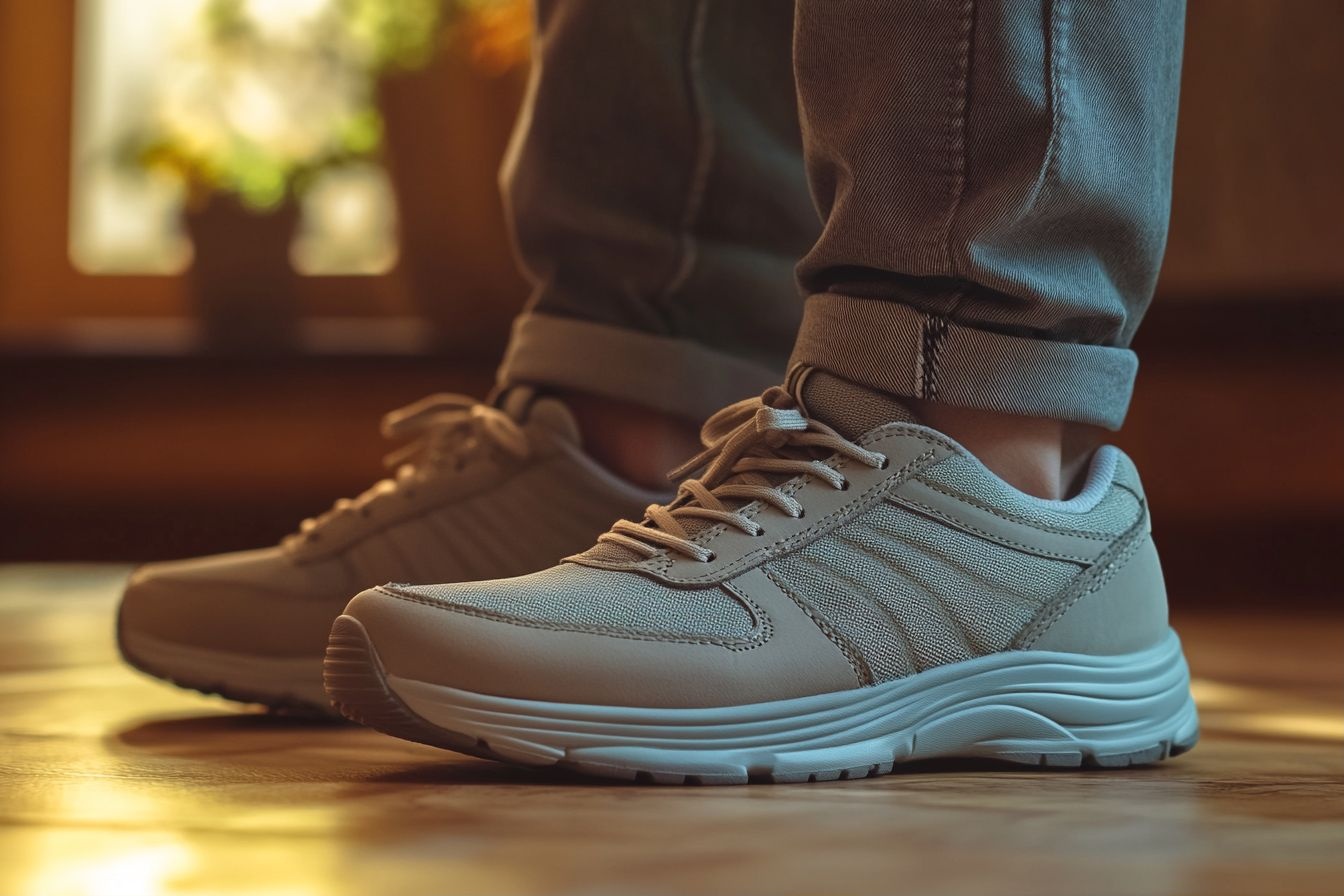Socks: Design, Materials, and Foot Health
Socks are a small but important part of everyday apparel, affecting comfort, hygiene, and performance. From basic cotton crews to technical pairs designed for activity, the right socks can reduce friction, manage moisture, and complement footwear choices. This article explains how socks work, what materials matter, and how they relate to sports and foot health.

This article is for informational purposes only and should not be considered medical advice. Please consult a qualified healthcare professional for personalized guidance and treatment.
What are moisture wicking socks?
Moisture wicking socks use fabrics and knit structures that pull sweat away from the skin toward the outer surface of the material, where it can evaporate more easily. Common fibers for moisture wicking include polyester, nylon, and blends with elastane; natural fibers such as merino wool also wick moisture while offering temperature regulation. In socks, knit density, yarn treatment, and microchannel constructions influence how quickly moisture moves.
When selecting moisture wicking socks look for clear labeling about fiber content and intended use—everyday, hiking, or athletic. Fit matters: a sock that bunches or slides creates friction even if it wicks well. For layered systems, moisture-wicking socks work best with breathable shoes and, when needed, additional ventilation or sock liners.
How to choose socks as part of apparel?
Socks function both practically and stylistically within apparel choices. Dress socks tend to be thinner and made from fine wool or cotton blends to fit slimmer shoes and maintain a polished look, while casual or fashion socks may feature heavier knits, colors, or patterns to express style. Consider length—no-show, ankle, crew, and over-the-calf options each pair differently with trousers, shorts, or boots.
Match sock material and thickness to the shoe and occasion: thinner socks for formal leather shoes, cushioned socks for work boots or sneakers. Sustainable options—recycled polyester, responsibly sourced wool—are increasingly available and may align with wardrobe goals. Choose colors and patterns to balance or contrast with trousers and footwear as part of a coherent outfit.
How do socks perform in sports?
For sports, socks are engineered to manage moisture, reduce friction, and protect vulnerable areas of the foot. Athletic socks often incorporate padding in the heel and forefoot, arch support bands, and seamless toes to minimize blister risk. Moisture wicking fabrics shorten dry times and help maintain skin integrity during long sessions, while compression elements can support circulation in endurance activities.
Different sports require different sock features: trail running benefits from thicker cushioning and debris-blocking designs; cycling favors thin, compressive socks for aerodynamic fit; court sports often need breathable, impact-absorbing socks. Match sock height to shoe type and sport rules, and rotate multiple pairs to allow washing and full drying between sessions to preserve performance characteristics.
How do socks support foot health?
Socks play a direct role in foot health by managing moisture, reducing friction, and providing structural support. Excessive moisture creates an environment favorable to blisters and fungal infections, so moisture wicking socks can lower that risk. Properly sized socks reduce bunching and pressure points that can lead to calluses or nail issues, and cushioning can absorb repetitive impact that contributes to pain.
People with specific conditions—diabetes, peripheral neuropathy, or circulatory issues—may need socks designed for therapeutic use, such as seamless diabetic socks or graduated compression styles. For persistent foot problems, consult a healthcare professional or podiatrist to determine whether specialized socks or additional interventions are appropriate.
What materials and care for socks?
Material choice affects comfort, durability, and function. Cotton is breathable and comfortable but retains moisture; synthetics like polyester and nylon are durable and wick well; merino wool combines natural odor resistance, warmth, and moisture management. Elastane or spandex provides stretch for fit and recovery. Blends often balance these properties for everyday and performance socks.
Care extends the life and function of socks: wash according to fiber instructions, avoid fabric softeners that can reduce moisture-wicking performance, and dry on low heat or air-dry to preserve elasticity. Rotate several pairs to reduce wear and allow thorough drying. Replace socks showing significant thinning, holes, or lost elasticity to maintain foot protection and hygiene.
Conclusion
Choosing the right socks involves assessing activity, shoe type, materials, and how they affect foot health and comfort. Moisture-wicking fabrics, appropriate cushioning, and proper fit matter for both daily wear and sports. Thoughtful care and timely replacement keep socks functioning as intended, supporting foot hygiene and overall comfort across different apparel needs.






